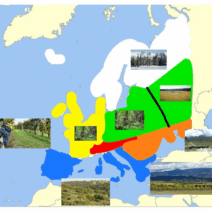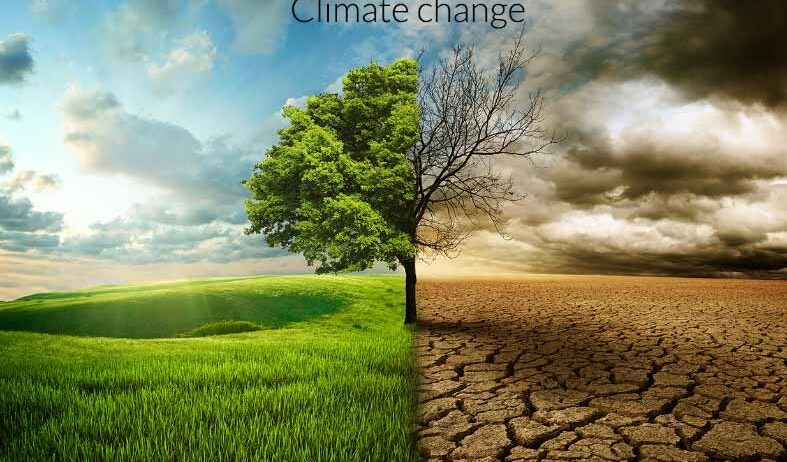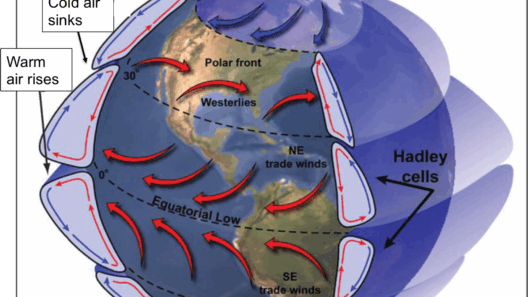The looming specter of climate change has become an omnipresent concern, prompting individuals and communities to grapple with a pressing question: How can we prepare for climate change? The reality is that climate change is not a distant threat; its impacts are already manifesting through extreme weather events, rising sea levels, and ecological disturbances. As we navigate this complicated landscape, it is essential to cultivate a robust survival strategy to mitigate risks, enhance resilience, and ultimately thrive despite the challenges posed by a rapidly changing environment.
To effectively prepare for climate change, it is crucial to understand its multifaceted nature. First and foremost, one must acknowledge that climate change is not solely an environmental issue; it intertwines with economic vulnerabilities, social inequalities, and global politics. The fabric of our modern society is woven tightly with the threads of environmental stewardship, and neglecting this connection will have dire consequences. Preparing for a changing climate necessitates a holistic approach that encompasses environmental education, advocacy, and community engagement.
Community preparedness is a cornerstone of any climate strategy. The first step in this journey involves fostering awareness within local populations. Informative campaigns can serve as a conduit for disseminating knowledge about the potential implications of climate change. School systems, local governments, and grassroots organizations play pivotal roles in uplifting this dialogue, creating platforms for collaboration and discussion. When individuals understand the threats associated with climate change, they are more likely to participate proactively in their communities’ adaptive measures.
While community awareness is crucial, tangible adaptive measures are equally important. Infrastructure resilience stands at the forefront of climate preparedness. Cities and towns around the globe are confronting the need to fortify their infrastructure against extreme weather. This involves investing in sustainable urban planning that incorporates climate-proof buildings, green spaces, and efficient public transportation systems. The incorporation of green infrastructure reduces the urban heat island effect, aids in stormwater management, and improves air quality. Sustainable agriculture, too, merits consideration; cultivated practices must adapt to shifting climatic conditions to sustainably produce food.
In addition to infrastructural upgrades, enhancing individual readiness is paramount. Households can implement a variety of measures to bolster their resilience against climate impacts. First, creating an emergency preparedness plan is vital. This plan should include essentials such as food and water supplies, medical kits, and communication strategies. Adopting a multi-hazard approach—considering risks from floods, fires, and hurricanes—will allow families to respond effectively during crises. Moreover, diversifying food sources by cultivating home gardens or supporting local farms can reduce dependency on external supply chains, which may be compromised in emergencies.
Energy consumption strategies also merit attention. Transitioning to renewable energy sources not only decreases greenhouse gas emissions but also increases energy independence. Solar panels, wind turbines, and geothermal systems provide the dual benefits of mitigating climate change while enhancing household resilience. Furthermore, energy efficiency improvements—such as enhanced insulation, energy-efficient appliances, and smart technology—reduce overall demand and lower bills, enabling households to allocate resources to other pressing climate preparedness needs.
Beyond individual households, fostering connections with local and regional networks can facilitate information exchange and resource sharing. Community gardens, local farmers’ markets, and tool-sharing initiatives create opportunities for collaboration while promoting self-sufficiency. By harnessing communal strengths, neighborhoods can better weather the impact of climate scenarios, enriching local economies in the process. Indeed, collective action not only builds resilience but also nurtures social cohesion, fostering a spirit of unity during times of crisis.
The psychological aspect of preparing for climate change is an often-overlooked dimension. Acknowledging the emotional and mental toll of climate anxiety is vital. To effectively cope with uncertainty, communities should establish mental health support systems that address the emotional ramifications of climate change. Facilitating open conversations about fears and concerns fosters a sense of belonging and understanding, ultimately leading to proactivity and empowerment, rather than paralysis and despair.
Implementing climate-adaptive policies at the governmental level is integral to creating sustainable frameworks. Policymakers must prioritize climate resilience in all sectors, from urban planning to health care. Proper enforcement of environmental regulations, such as those governing emissions and land use, is paramount for reducing vulnerability and promoting sustainability. Furthermore, investing in research and innovation can unveil new technologies and strategies for combating climate impacts, demonstrating a robust commitment to future generations.
Climate education is an essential third pillar supporting our preparative endeavors. Engaging youth in environmental education fosters awareness from an early age, providing them with the tools to navigate the complexities of climate science and action. This education should transcend traditional boundaries, merging scientific principles with artistic expression and community activism. Empowering the next generation ensures that they inherit not only knowledge but also an ingrained commitment to environmental stewardship.
Ultimately, preparing for climate change is a multi-faceted endeavor that requires commitment at all levels of society. By building awareness, fortifying infrastructure, enhancing individual resilience, and embedding climate action in policy frameworks, humanity possesses the tools to adapt to and mitigate the effects of climate change. The phenomenon is a clarion call for collective action, uniting disparate communities in a common cause—ensuring a sustainable future for generations to come.

www.amazon.com




